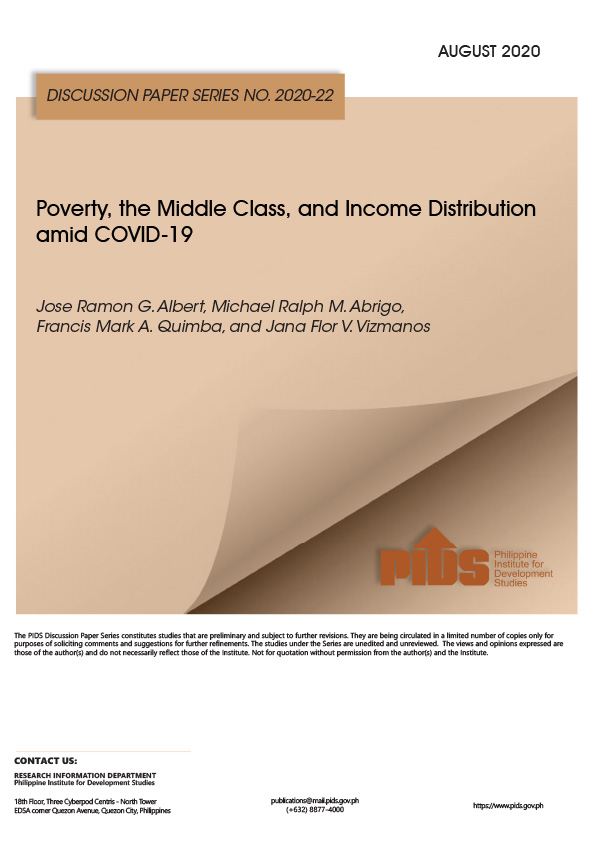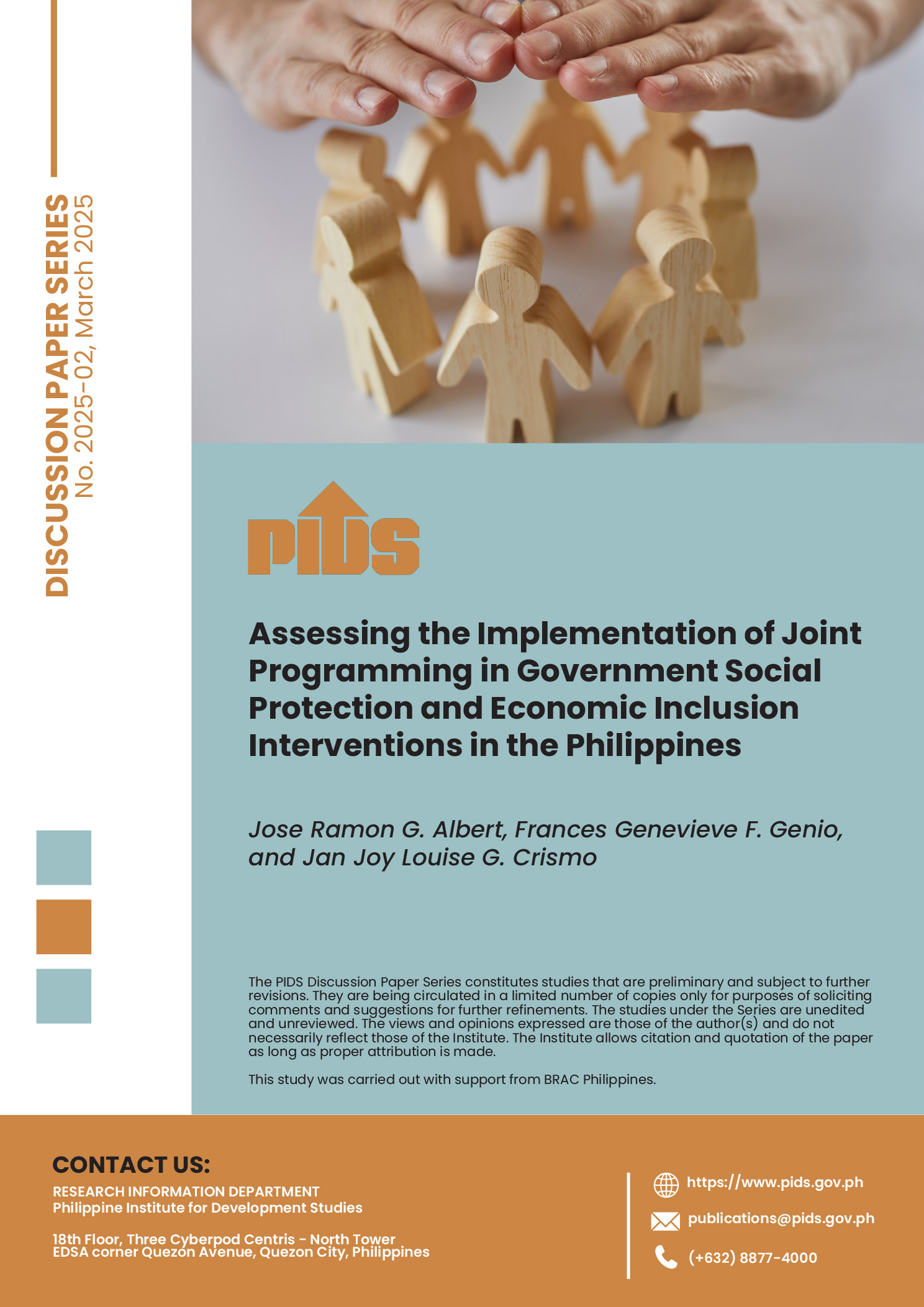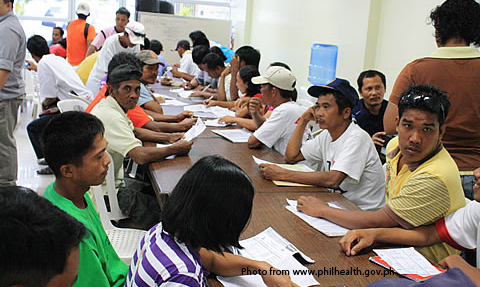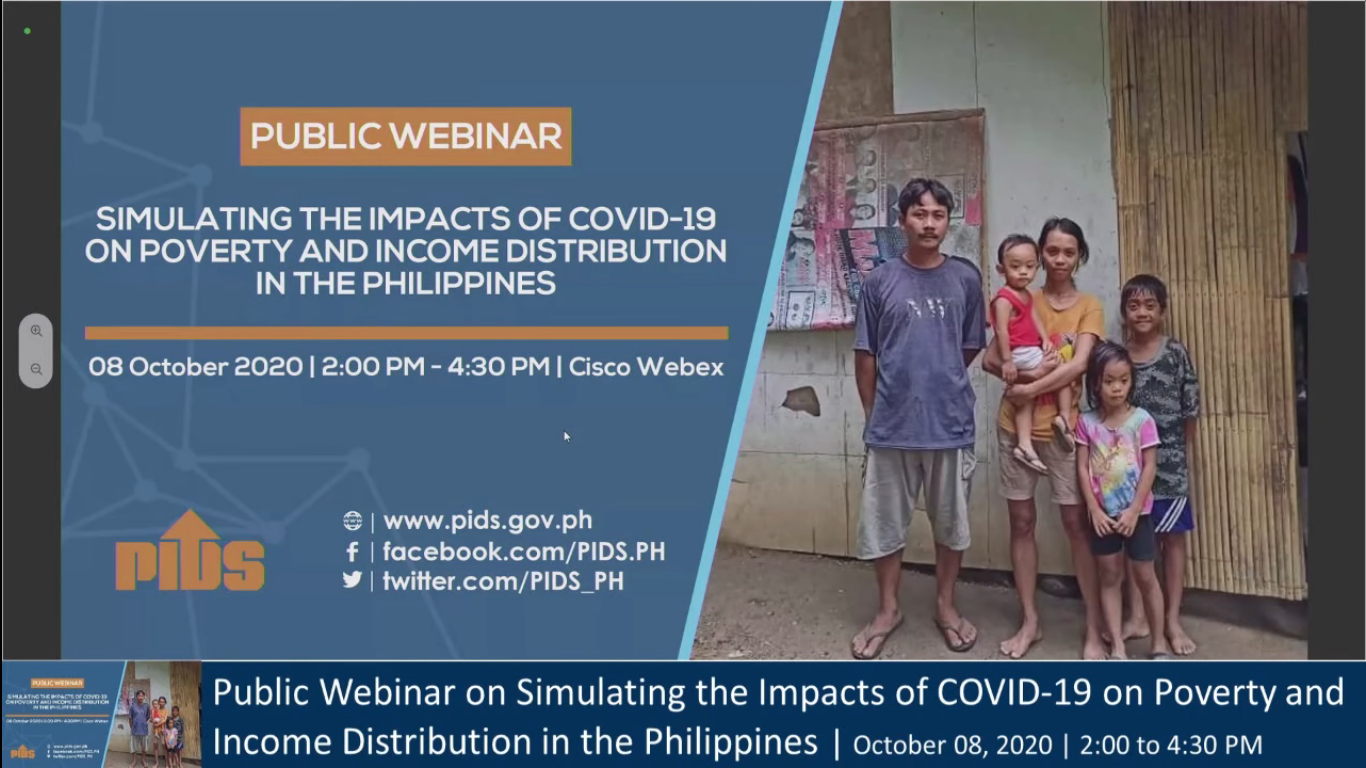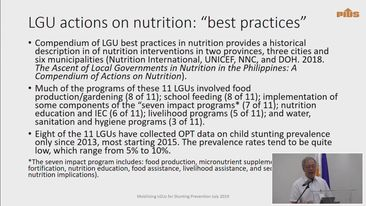The Millennium Development Goal (MDG) of reducing poverty incidence by half by next year will be unattainable even by 2025, according to a discussion paper published by government think tank, Philippine Institute for Development Studies (PIDS).
In a discussion paper titled Millennium Development Goals Scenarios to 2015 and Beyond: An Integrated Micro-Macro Modelling Approach, PIDS senior research fellow Roehlano Briones said that while the Philippines has made considerable progress in attaining the MDGs, the goals for poverty, education, and maternal mortality are unlikely to be met by the 2015 deadline.
Ten years past the initial target, the Philippines will not still be able to cut poverty incidence by half.
"The country has overcome serious macroeconomic difficulties since the start of the MDG period, when it still struggled with erratic growth, inflation, and balance of payments deficits. In the 2000s, it entered a period of relatively stable and moderate growth,” Briones said.
"Nevertheless closing all development gaps remains a daunting challenge. By the government’s own reckoning, some of the MDGs are unlikely to be achieved by 2015,” he added.
Briones looked into two possible scenarios in the country, one of which is the Base or the "business-as-usual” scenario, which represents a trajectory of economic and human development outcomes for the Philippines following past trends.
The study showed that under current trends and policies, the MDG targets for household water and sanitation, as well as child health, will be met by 2015.
However, Briones said that the country will likely miss the targets for poverty, as well as the education and maternal health MDGs.
"The country is on its way to attain the education and maternal health MDGs, but beyond the first MDG period, i.e. 2025 for the former and 2021 for the latter,” Briones said.
"The target for poverty incidence is unattainable even by 2025,” he added.
The study said that in the alternative scenario, massive increases in the expenditure for primary education, health and infrastructure, equivalent to 2 percent of gross domestic product, can lead to the earlier attainment of some of the MDGs, although still beyond the 2015-deadline.
"Under the higher spending scenario, the education MDG can be attained in 2019, and the maternal mortality MDG by 2016,” Briones said.
"Likewise significant gains will be realized in terms of per capita income and poverty reduction by 2025,” he added.
The paper also said that under the business-as-usual scenario, the national debt as a share of GDP is expected to have a downward trajectory from half of GDP to about one-third.
Under the higher spending scenario, Briones said that the same debt reduction path can still be achieved with tax financing the additional spending.
However, he said, that if the increase in spending will be financed by foreign borrowing, the national debt will rise to nearly two-thirds of GDP.
"The analysis suggests that government should be cautious about proposals for dramatic increases in social spending and infrastructure to more quickly close development gaps, unless it is able to accompany increases in spending with commensurate tax effort,” the study said.

